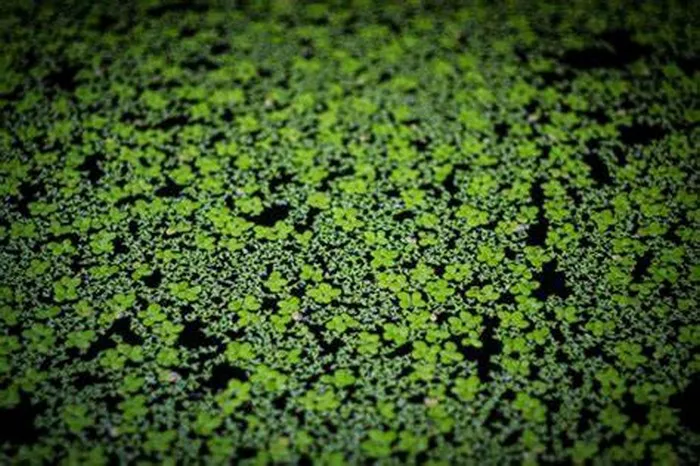New Zealand’s DOC List of Environmental Weeds Expands with Rising Invasiveness
The Department of Conservation (DOC) in New Zealand has updated its List of Environmental Weeds for 2024, highlighting several species that are becoming increasingly widespread and invasive. Among the new entries are Chilean myrtle, Bangalow palm, holly fern, purple-flowered iceplant, and the vine bomarea—all of which, like most environmental weeds in New Zealand, were originally introduced as garden plants.
The latest list also includes two seaweeds: undaria, often referred to as “the gorse of the sea,” and caulerpa, a species first identified in New Zealand in 2021 that has the potential to overwhelm marine ecosystems.
Dr. Kate McAlpine, a Science Advisor at DOC, emphasized the sheer number of exotic plant species in New Zealand, noting that the country hosts over 25,000 introduced species. “The number of introduced plant species in New Zealand is ten times greater than the number of native species,” she remarked.
The 2024 list features 386 environmental weeds, marking an 18% increase from the 328 species listed in the previous update in 2008. Of these, 112 are new additions, while 54 species from the 2008 list have been removed. Notably, the previous list only included weeds found on land managed by DOC, but the new list encompasses all environmental weeds, regardless of their location.
Environmental weeds are defined as plants that have established themselves in the wild and are causing significant harm to natural ecosystems. Dr. McAlpine pointed out that introduced plants in New Zealand face few barriers to naturalization, often spreading beyond gardens through birds, wind, or even people disposing of garden waste near bush reserves.
The report also flags “sleeper” weeds, such as Himalayan wineberry and octopus tree. Although not yet established in the wild, these species are predicted to become fully invasive, posing a serious threat to native species and ecosystems.
Dr. McAlpine warned that climate change is likely to exacerbate the weed problem. “As the climate warms, many environmental weeds will be able to thrive in parts of New Zealand that were previously too cold. Additionally, the disruption caused by extreme weather events tends to favor the invasion of environmental weeds,” she explained.
Despite the growing weed threat, Dr. McAlpine offered a hopeful note, encouraging public participation in tracking weed spread through the iNaturalist app. “This tool allows people to post weed observations, which can help DOC and other environmental agencies monitor weed distribution across New Zealand.”
She added that the updated list would be valuable to all land managers, including iwi, hapū, farmers, councils, community groups, and site managers. “Prioritizing weed control efforts can be difficult, but we hope this list of significant environmental weeds will make those decisions easier.”


